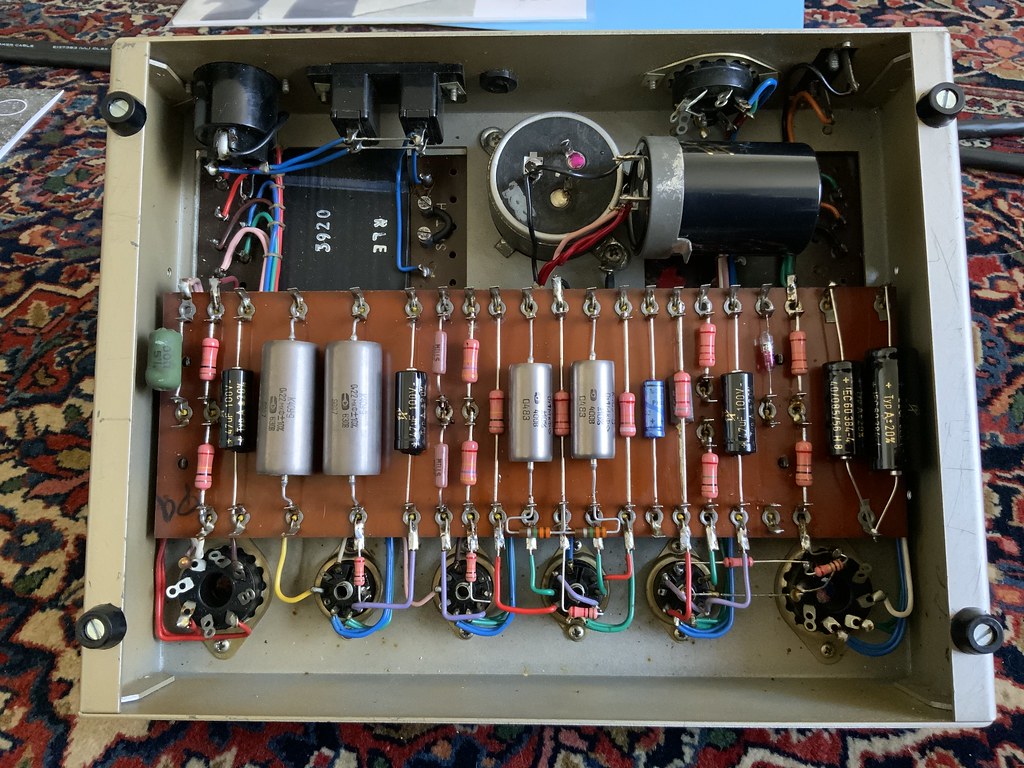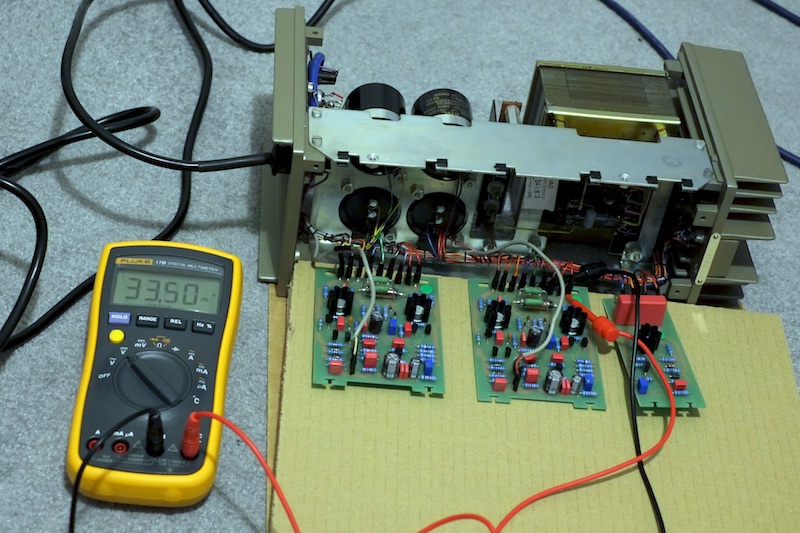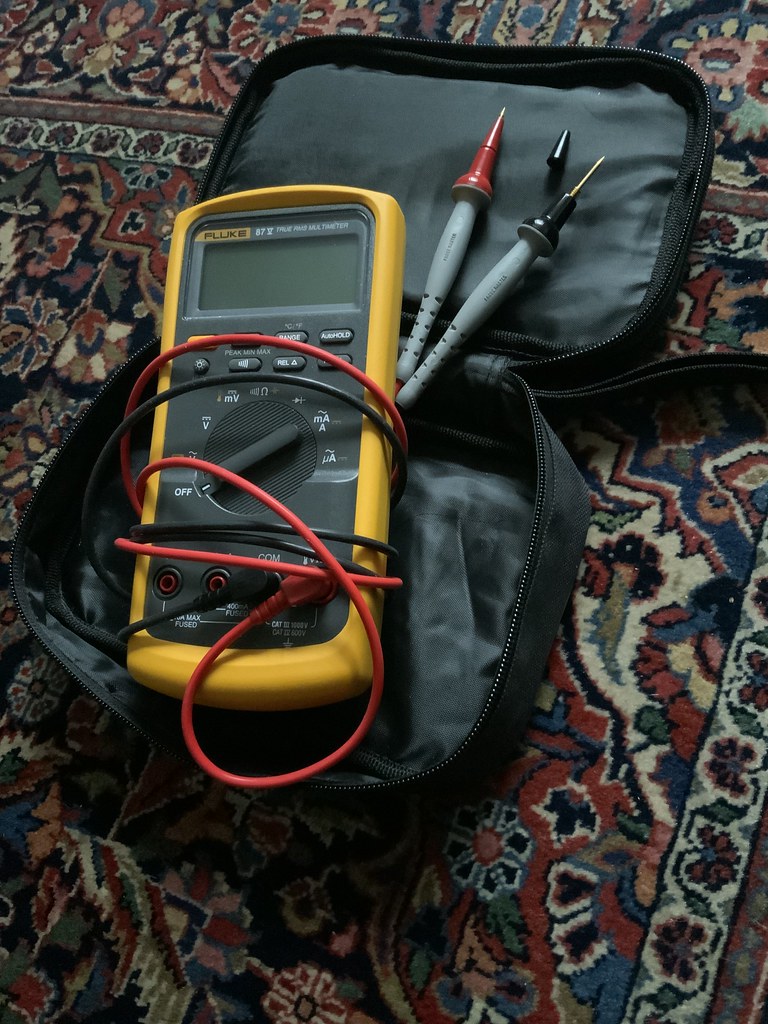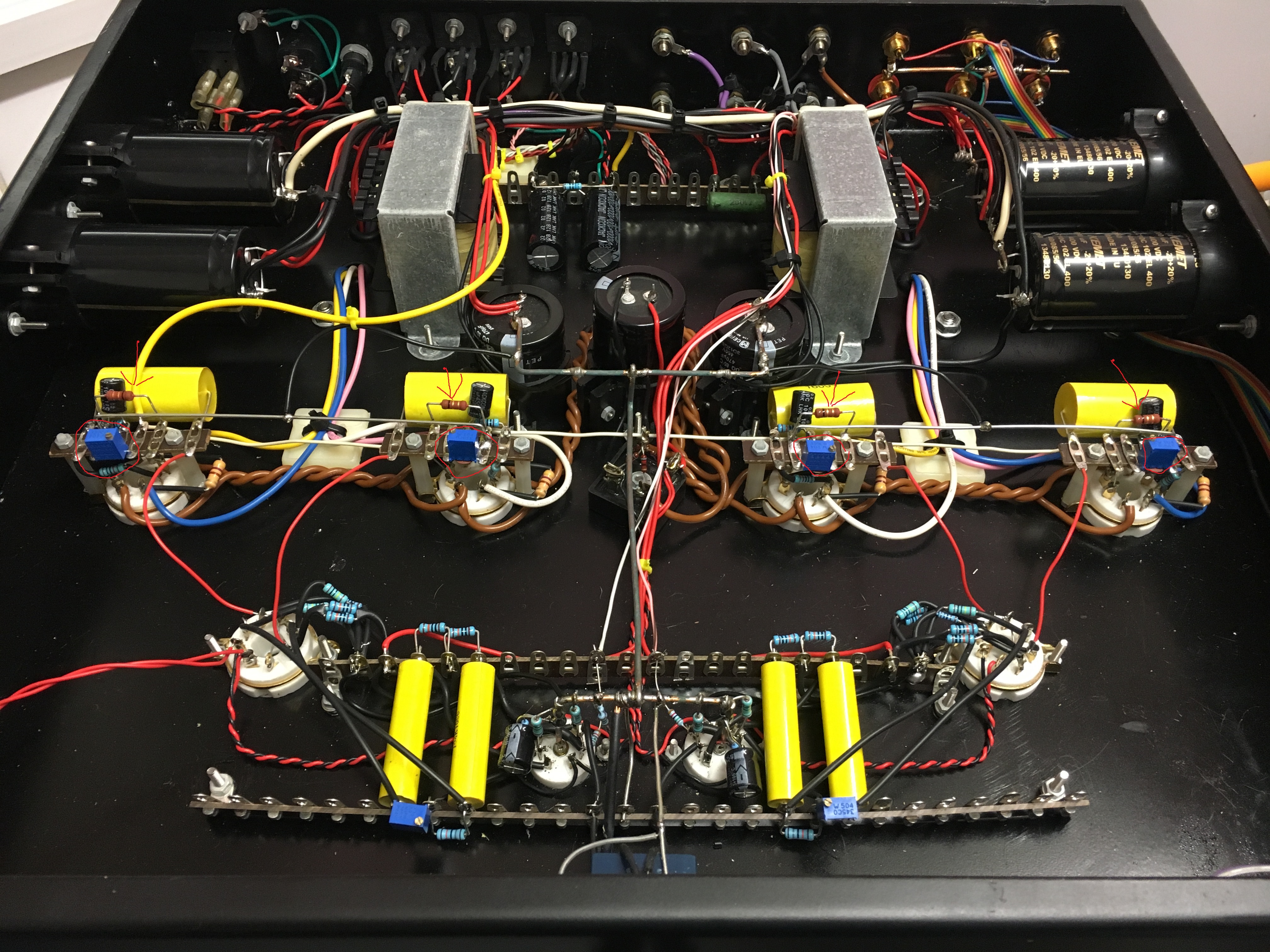Salamander
pfm Member
This is forward thinking, I'm not changing my KT88's just yet, but I have been concerned about biasing since my amp does not have those easy to use top plate access holes, so it's a case of taking the bottom plate off. But with all those volts lurking about, and me no electrician I feel I've got good reason to be concerned.
 A bit of research and I saw a BiasMaster master used in a photo so Googled that, $230
A bit of research and I saw a BiasMaster master used in a photo so Googled that, $230
 , a bit rich for me so the search continued.
, a bit rich for me so the search continued.
Finally came up with a similar item on AE, www.aliexpress.com/item/33021031440.html?spm=a2g0s.8937460.0.0.1f442e0e2TqmwO and thought I'd ask to see what the 'experts' say.
My thinking was you don't have to switch off and then on 4 times (4 x KT88), I know I will have to take the bottom plate off to get at the bias adjuster, but I will take great care in this, and also I thought it would make life easy for simply checking the bias, hopefully not having to adjust every time. I don't own a multi-meter (honest, I didn't know it was obligatory to be a member of this forum) so I'm guessing a saving of $20+ has also got to be taken into account since it comes with a meter. I look forward to your replies, there maybe more questions to come when I actually have to 'get me hands dirty' and change the valves.


Finally came up with a similar item on AE, www.aliexpress.com/item/33021031440.html?spm=a2g0s.8937460.0.0.1f442e0e2TqmwO and thought I'd ask to see what the 'experts' say.
My thinking was you don't have to switch off and then on 4 times (4 x KT88), I know I will have to take the bottom plate off to get at the bias adjuster, but I will take great care in this, and also I thought it would make life easy for simply checking the bias, hopefully not having to adjust every time. I don't own a multi-meter (honest, I didn't know it was obligatory to be a member of this forum) so I'm guessing a saving of $20+ has also got to be taken into account since it comes with a meter. I look forward to your replies, there maybe more questions to come when I actually have to 'get me hands dirty' and change the valves.





